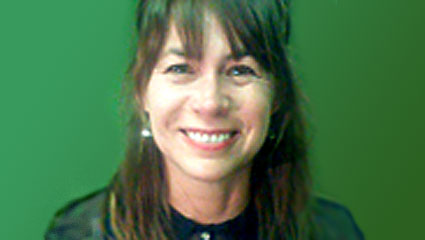It all started with a dazzling white robe and a few words uttered by Peter in terror and perhaps some naivete. “It is good for us to be here” (Mark 9:5).
But what did Peter know? What do any of us know? The writer of Mark suggests that Peter didn’t have a clue about his statement of faith. This portrayal of Peter “as not knowing what to say because they were terrified” (Mark 9:6) indicates that his words spoke of something he sensed and believed to be true, without really knowing the truth of what he had spoken.
The gospel of Mark is full of chiasms. A chiasm is a literary framing device, but it is more than just a clever narrative contrivance. Chiasms are there to make a point to the reader or hearer.
The chiasm framing the transfiguration story in Mark is this: right before he is transfigured Jesus says “If any want to become my followers, let them deny themselves and take up their cross and follow me. For those who want to save their life will lose it, and those who lose their life for my sake, and for the sake of the gospel, will save it” (Mark 8:34-35).
Right after the transfiguration story Jesus completes the chiasm with this: “The Son of Man is to be betrayed into human hands, and they will kill him, and three days after being killed, he will rise again” (Mark 9:31).
Though the disciples are confused and the text says they did not understand what he was saying and were afraid to ask him, we, the hearers, are given a clue that the cross is central in Mark’s gospel.
On Ash Wednesday, you were transfigured. A cross of ash may have been made on your forehead and these words were spoken, “You are dust, and to dust you shall return.” But because of this One, what you heard behind these words was this: you are God’s child, even unto death.
What you saw in the darkness of a loved one’s smudged face was the face of Christ, unveiled and shining with light. You discovered why the women needed to go Christ’s tomb, even three days later — because our bodies and our lives matter, and no one should die alone.
This life is fragile, mortal and precious. We can never stay where we are. Life itself transfigures and, in turn, it transfigures us. But more than anything, when you heard those words about dust, you wondered exactly what the disciples did that day on the mountaintop. You wondered just what the raising of the dead might mean.
Who knows where this life takes us and what it will bring. We can barely imagine what is ahead of us. We are transfigured; this chiasm of death and life, but always life, finally life.
You, for whatever reason, in your body shining with light even now, have been called. The whole of who you are and what you are about is not merely defined by all the sorrows of the cross but also by the confusion and wonder and terror of the empty tomb, this living God, a stranger, an angel, a baby, a young man wearing white.
This life, your life, defined and stretched open by Christ, who has called you to be here and who has, in that calling, determined that this is a good place for you to be.
